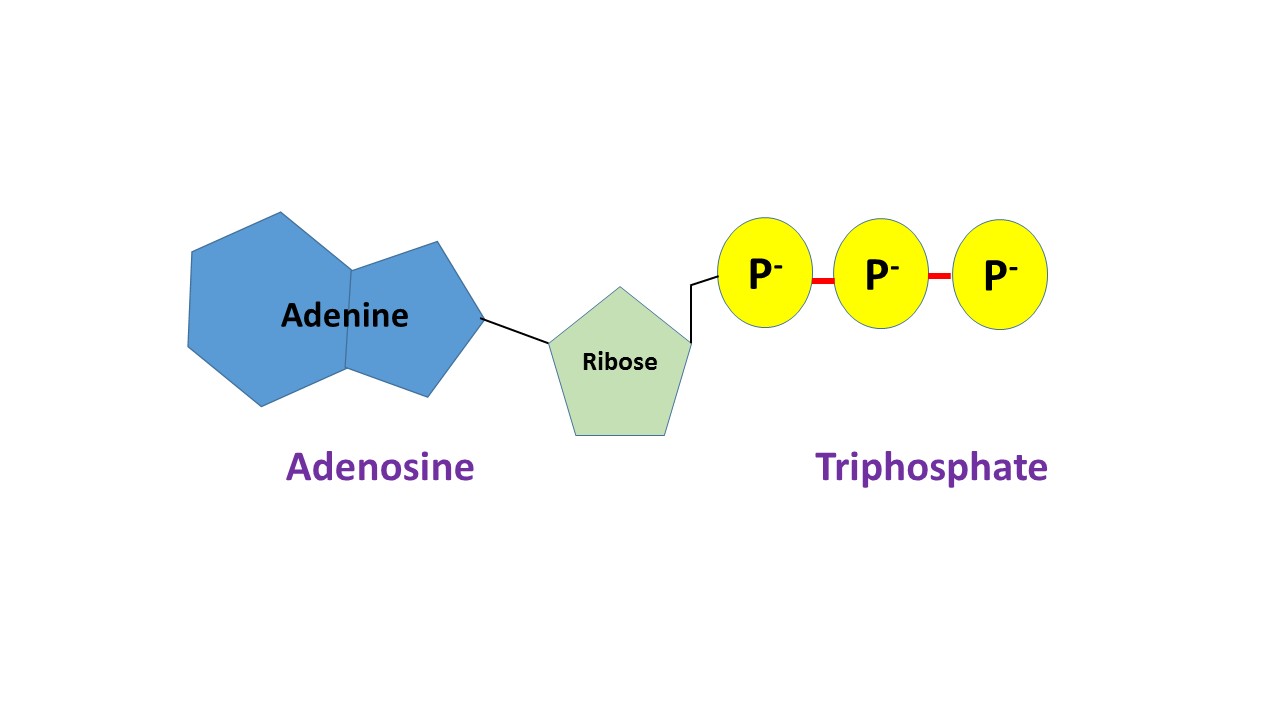AP BIO: Unit 3: Cellular Energetics
1/53
Earn XP
Description and Tags
Name | Mastery | Learn | Test | Matching | Spaced |
|---|
No study sessions yet.
54 Terms
Metabolism
All of the chemical reactions in an organism
Metabolic Pathways
Series of chemical reactions that either build complex molecules or break down complex molecules
Metabolic Pathway system
Substrate → intermediate → intermediate → Product
Catabolic Pathways
Type of metabolic pathways that release energy by breaking down complex molecules into simpler compounds
Anabolic Pathways
Type of metabolic pathways that consume energy to build complicated molecules from simpler compounds.
Energy
The ability to do work
Survive and function
Organisms need energy to?
death
A loss of energy flow results in?
Kinetic Energy
Energy associated with motion
Thermal energy
Energy associated with the movement of atoms or molecules
Potential Energy
Stored energy
Chemical Energy
Potential energy available for release in a chemical reaction
Thermodynamics
The study of energy transformations in matter
1st Law of Thermodynamics
Energy cannot be created or destroyed
Energy can be transferred or transformed
2nd law of thermodynamics
Energy transformation increases the entropy (disorder) of the universe.
Heat
During energy transfers or transformations, some energy is unusable and often lost as?
Free energy
Scientists use this concept since law of thermodynamics apply to the universe as a whole. This concept is used to determine the likelihood of reactions in organisms, or if the reactions are energetically favorable.

Spontaneous reaction
Reaction where no outside input of energy is required
Exergonic Reactions
Reactions that release energy
Ex: Cellular Respiration
and occur spontaneously, often resulting in a negative change in free energy.
Endergonic Reactions
Reactions that absorb energy
Ex: Photosynthesis
Not spontaneous and absorbs free energy.
equilibrium
Living cells have a constant flow of materials in and out of the membrane meaning they’re not at?
Mechanical cell work
Movement (beating cilia, movement of chromosomes, contraction of muscle cells)
Transport cell work
Pumping substances across membranes against spontaneous movement
Chemical Cell work
Synthesis of molecules (building polymers from monomers)
Adenosine Triphosphate (ATP)
Molecule that organisms use as a source of energy to perform work
Couples exergonic reactions to endergonic reactions to power cellular work

2nd and 3rd phosphate
Organisms obtain energy by breaking the bond between which phosphates in a hydrolysis reaction?
ATp → ADP
Phosphorylation
The released phosphate moves to another molecules to give energy
ATP Cycle
ADP can be regenerated to ATP via?
Enzymes
Macromolecule that catalyze reactions by lowering the activation energy
Not consumed by reactoin
Type of protein
Names end in -ase
1000 years
How long would the hydrolysis of sucrose to glucose take to happen spontaneously?
Substrate
Enzymes act on reactants called?
Active Site
Area for substrate to bind
Induced Fit
Enzymes will change the shape of their active site to allow the substrate to bind better
Enzyme Catabolism
Enzyme helps break down complex molecules
Enzyme Anabolism
Enzyme helps build complex molecules
Temp, pH, chemicals
Enzymes efficiency can be affected by?
Optimal Conditions
Conditions that allow enzymes to function optimally
hydrogen bonds
Being outside the normal pH range can cause _____ _____ in the enzyme to break changing the shape of the enzyme.
Cofactors
Non-protein molecules that assist enzyme function
Inorganic consist of metals
Can be bound loosely or tightly
Holoenzyme
Enzyme with the cofactors attached
Coenzymes
Organic cofactors
Ex: Vitamins
Enzyme Inhibitors
Reduce the activity of specific enzymes
Can be permanent or reversible
Permanent Inhibitor
Inhibitor binds with covalent bonds
Ex: Toxins and poisons
Reversible Inhibitor
Inhibitor binds with weak interactions
Competitive inhibitors
Reduce enzyme activity by blocking substrates from binding to the active site
Can be reversed with increased substrate concentrations
Noncompetitive inhibitors
Bind to an area other than the active site, which changes the shape of the active site preventing substrates from binding
Type of allosteric inhibition
Control where and when enzymes are active
Switch genes that code for enzymes on or off
How does a cell regulate its metabolic pathways?
two (1 active, 1 allosteric)
How many binding sites do allosteric enzymes have?
Allosteric regulation
Molecules bind to an allosteric site which changes the shape and function of the active site
May result in inhibition or stimulation of the enzymes activity
Allosteric activator
Substrate binds to allosteric site and stabilizes the shape of the enzyme so that the active sites remain open
Allosteric inhibitor
Substrate binds to allosteric site and stabilizes the enzyme shape so that the active sites are closed (inactive form)
Cooperativity
Substrate binds to one active site which stabilizes the active form.
Considered allosteric regulation since binding at one site changes the shape of the other sites
Feedback inhibition
When the end product of a metabolic pathway acts as an inhibitor to an early enzyme in the same pathway.